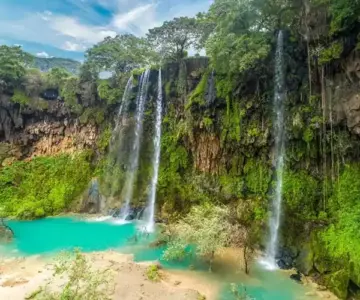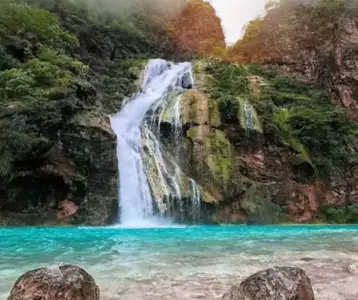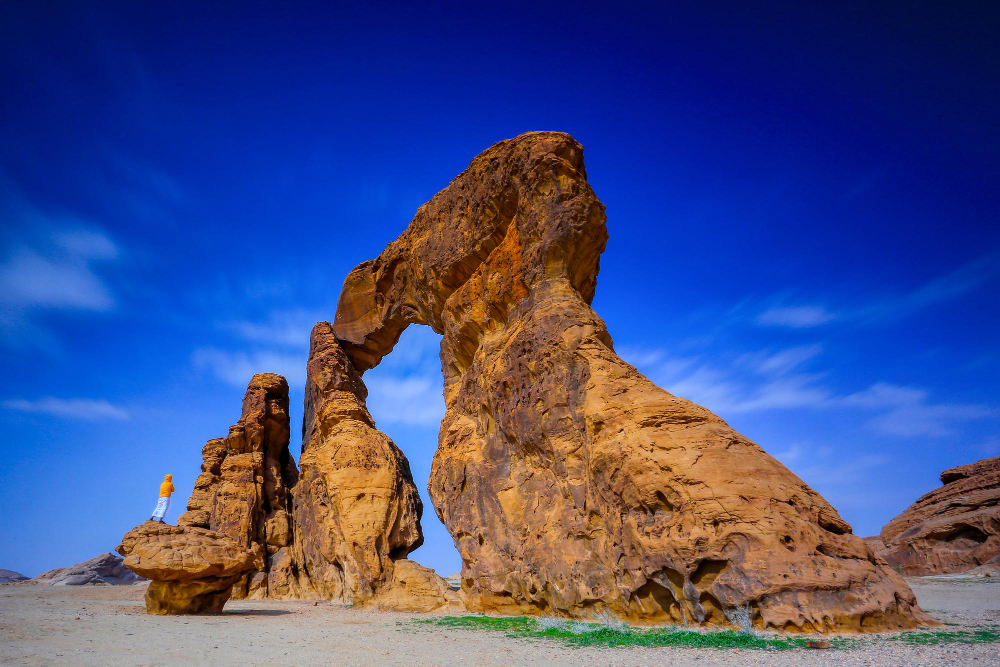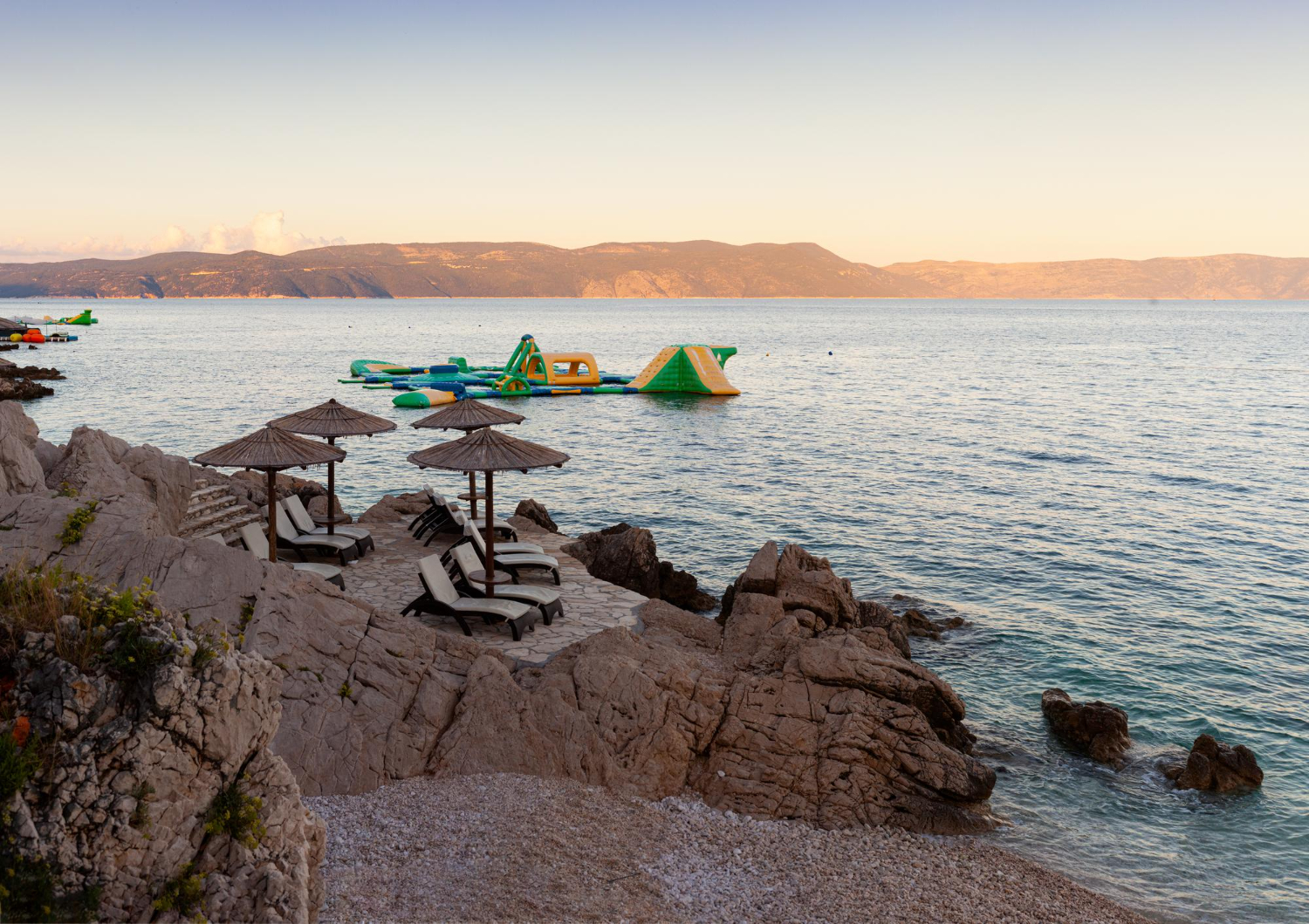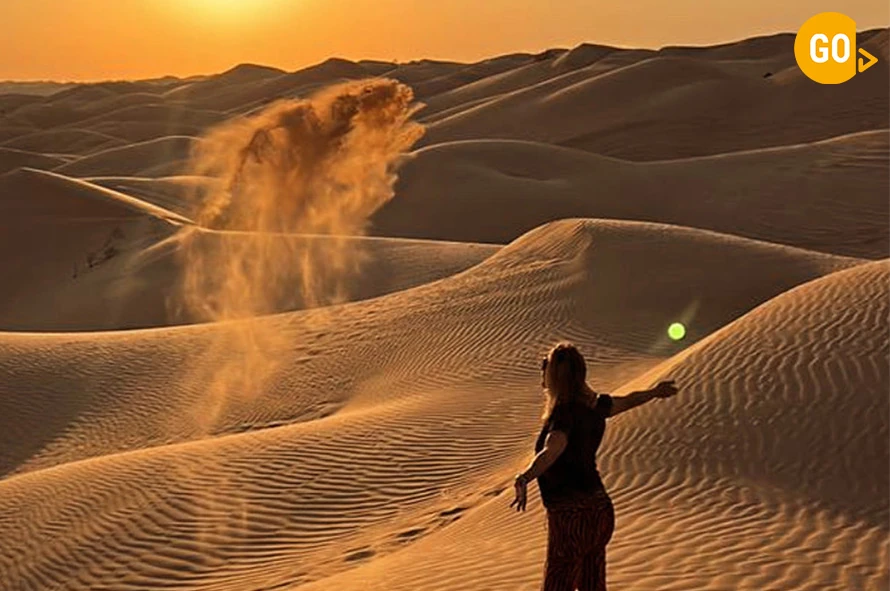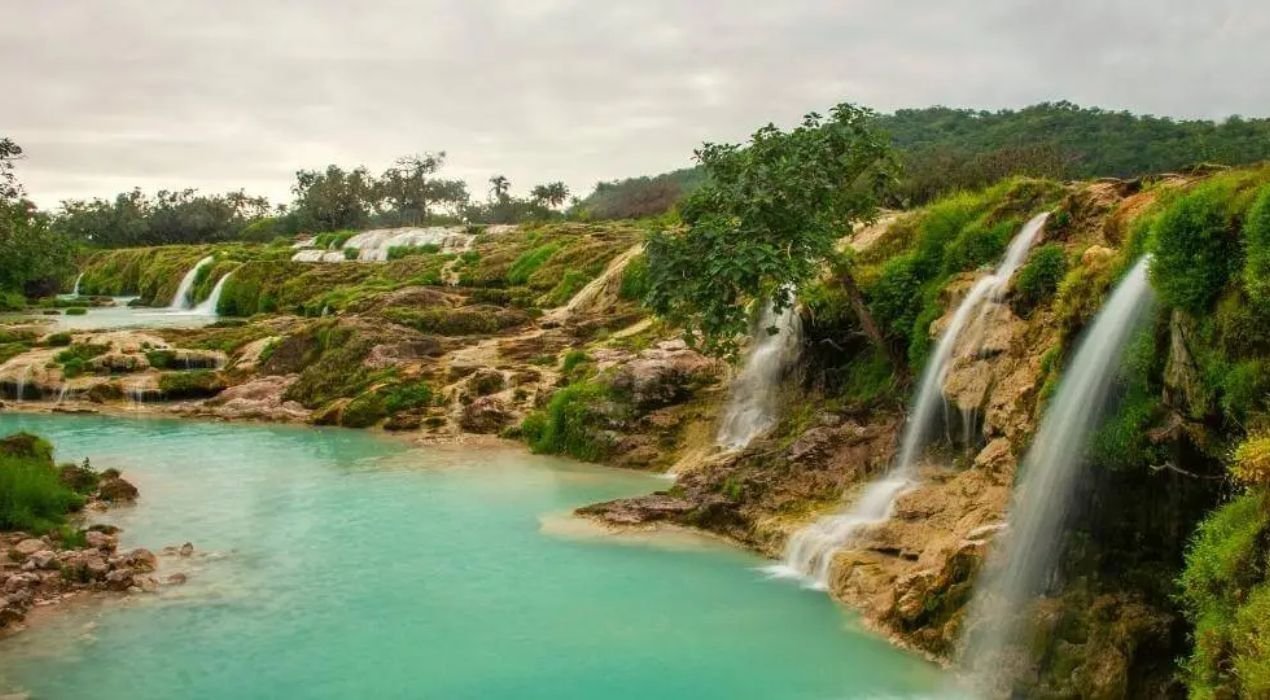Information About Baobab Trees Salalah
Nestled within the lush landscapes of Dhofar, a remarkable sight awaits those who venture into the heart of Salalah – the ancient baobab trees. These gentle giants, with their distinctive silhouettes and rich cultural significance, have become an integral part of the region’s natural heritage. Scattered across the coastal areas and wadis, the baobab trees offer a unique glimpse into the diverse flora of the Arabian Peninsula, captivating visitors with their grandeur and resilience.
Tracing the Origins of Baobab Trees in Oman
While the baobab tree is native to the African continent, its presence in Oman is a testament to the region’s botanical diversity. These majestic trees have found a home in the Dhofar Governorate, particularly in the wilayats of Dhalkout and Mirbat, where an estimated 200 specimens thrive. Their introduction to the Arabian Peninsula is shrouded in mystery, but their adaptation to the local climate and terrain is a remarkable feat of nature.
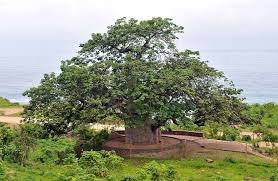
The Botanical Marvels of Baobab Trees
Baobab trees, scientifically known as Adansonia digitata, are renowned for their impressive physical attributes. With trunk diameters reaching up to two meters and heights soaring up to 15 meters, these towering trees are a sight to behold. Their distinctive shape, often referred to as “upside-down trees” or “bottle trees,” is a result of their widely spaced branches and thick, bulbous trunks.
One of the most remarkable characteristics of baobab trees is their ability to store water within their massive trunks. This adaptation allows them to thrive in arid climates, making them a true marvel of nature’s resilience.
The Enchanting Khareef Season in Dhofar
The arrival of the khareef season, spanning from June to September, transforms the Dhofar region into a lush paradise. During this time, the monsoon rains breathe life into the landscape, adorning the highlands, valleys, and coastal areas with verdant foliage, misty streams, and shimmering waterfalls. It is during this enchanting season that the baobab trees truly shine, adding an extra layer of beauty and grandeur to the surroundings.
- Visitors can embark on guided tours or self-guided hikes to witness the baobab trees in their full splendor, nestled amidst the vibrant greenery and majestic mountain ranges facing the Indian Ocean and Arabian Sea.
- The combination of the lush environment and the presence of these ancient trees creates an unforgettable atmosphere, making it a must-visit destination for nature enthusiasts and history buffs alike.
Cultural Significance and Folklore
In many African cultures, the baobab tree is revered as a symbol of strength and resilience. In Oman, these trees have also become deeply rooted in local folklore and traditions. Local guides and experts offer fascinating insights into the cultural significance of the baobab, enriching visitors’ understanding of this iconic tree’s role in the region’s heritage.

Preserving a Natural Wonder
Recognizing the importance of preserving Dhofar’s unique natural resources, including the baobab trees, the Directorate General for Environment and Climate Affairs has implemented various initiatives. These efforts include the protection and rehabilitation of existing baobab trees, as well as the establishment of nurseries to propagate and replant these magnificent specimens, ensuring their survival for future generations.
Exploring the Wonders of Wadi Hinae
One of the most captivating destinations for witnessing the baobab trees in their natural habitat is Wadi Hinae. This picturesque valley, located near the coastal town of Mirbat, is home to a small forest of these ancient giants. Visitors can embark on a short hike along a rocky path, leading them to the most impressive and centuries-old baobab tree in the region.
- The hike offers breathtaking views of the surrounding landscapes, with opportunities to spot local wildlife and immerse oneself in the tranquility of nature.
- Guided tours provide valuable insights into the ecology and history of the baobab trees, enhancing the overall experience.
Salalah’s Anti-Gravity Point and Nearby Attractions
While exploring the baobab trees, visitors can also venture to nearby attractions that offer a well-rounded experience of Salalah’s natural and cultural wonders. One such destination is the intriguing Anti-Gravity Point, where optical illusions create the impression of defying gravity.
Additionally, the region boasts a wealth of other attractions, including:
- Pristine beaches like Taqa Beach, where visitors can bask in the sun, sand, and surf of the Arabian Sea.
- Historical sites like Kofan House, showcasing traditional Omani architecture and cultural heritage.
- Scenic wadis and sinkholes, such as the awe-inspiring Tawi Attair sinkhole, one of the largest of its kind in the world.
Responsible Tourism and Sustainable Practices
As the popularity of Salalah’s natural wonders continues to grow, it is essential to promote responsible tourism and sustainable practices. Local tour operators and authorities emphasize the importance of respecting the fragile ecosystem and minimizing the environmental impact of visitors.
- Guided tours often incorporate educational components, raising awareness about the importance of conservation and preservation efforts.
- Visitors are encouraged to follow designated trails, avoid littering, and minimize noise and disturbances to protect the delicate habitats of the baobab trees and other flora and fauna.
Salalah’s Eco-Tourism Initiatives
Recognizing the potential of eco-tourism as a driver for sustainable development, Salalah has embraced various initiatives to promote responsible travel experiences. Local communities, in collaboration with government agencies and non-profit organizations, have implemented programs that integrate environmental conservation, cultural preservation, and economic opportunities for local residents.
- Eco-lodges and sustainable accommodations offer visitors the chance to immerse themselves in the natural surroundings while minimizing their carbon footprint.
- Community-based tourism projects provide opportunities for locals to share their traditions and knowledge, fostering cross-cultural understanding and appreciation.
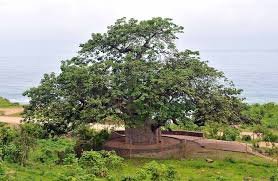
Experiencing the Baobab Trees with Local Experts
To truly appreciate the majesty of the baobab trees and gain a deeper understanding of their significance, it is highly recommended to explore Salalah with the guidance of local experts. Reputable tour operators, such as Beautiful Salalah Tours, offer curated experiences that combine comfort, authenticity, and educational insights.
- Knowledgeable local guides share fascinating stories and cultural anecdotes, enhancing the overall experience.
- Customized tours cater to individual preferences, allowing visitors to tailor their itineraries according to their interests and schedules.
- Private or group tours are available, catering to both intimate and shared experiences
The baobab trees of Salalah stand as a testament to the region’s rich natural heritage and the resilience of nature itself. These ancient giants, with their distinctive silhouettes and cultural significance, offer a unique and captivating experience for visitors to the Dhofar Governorate. By embracing responsible tourism practices and supporting local conservation efforts, we can ensure that future generations have the opportunity to marvel at these majestic trees and appreciate the wonders of Salalah’s diverse ecosystems.



